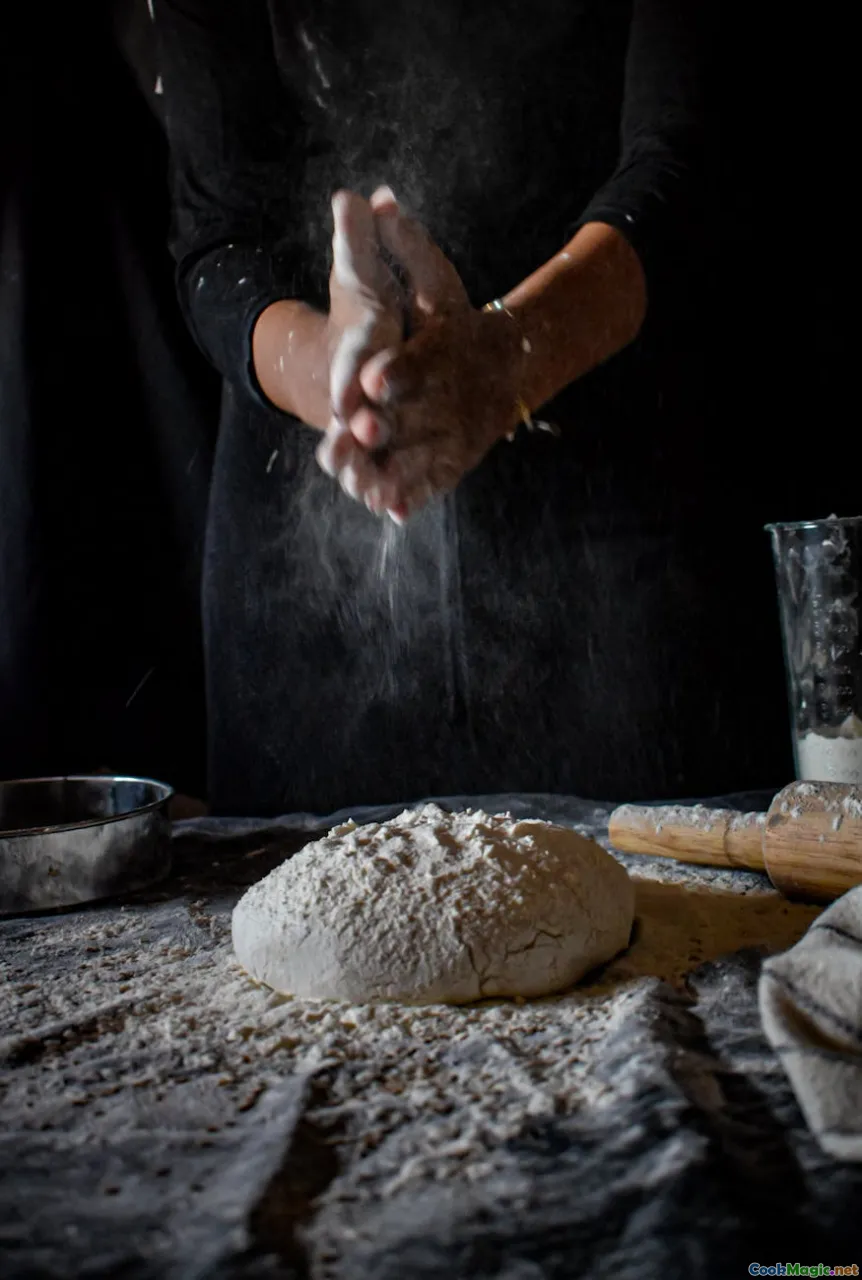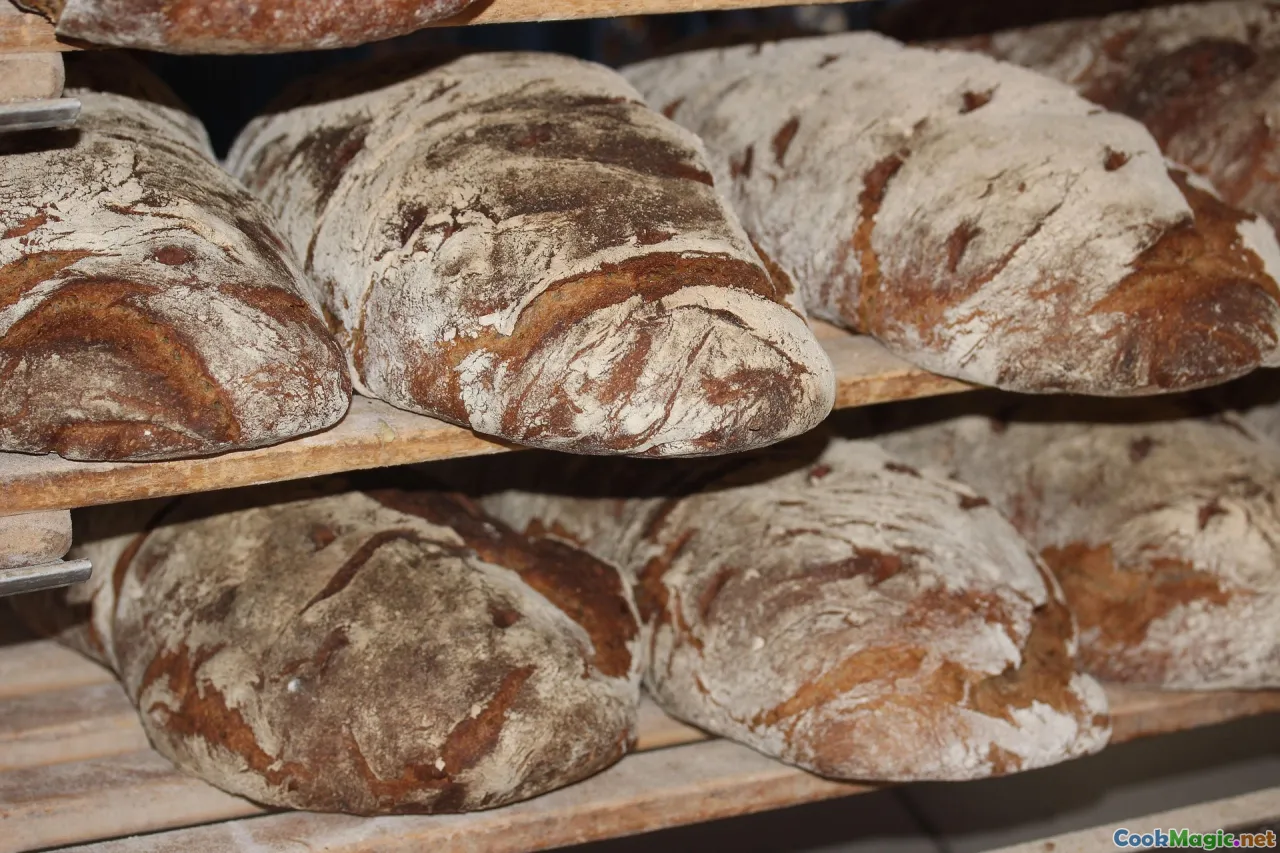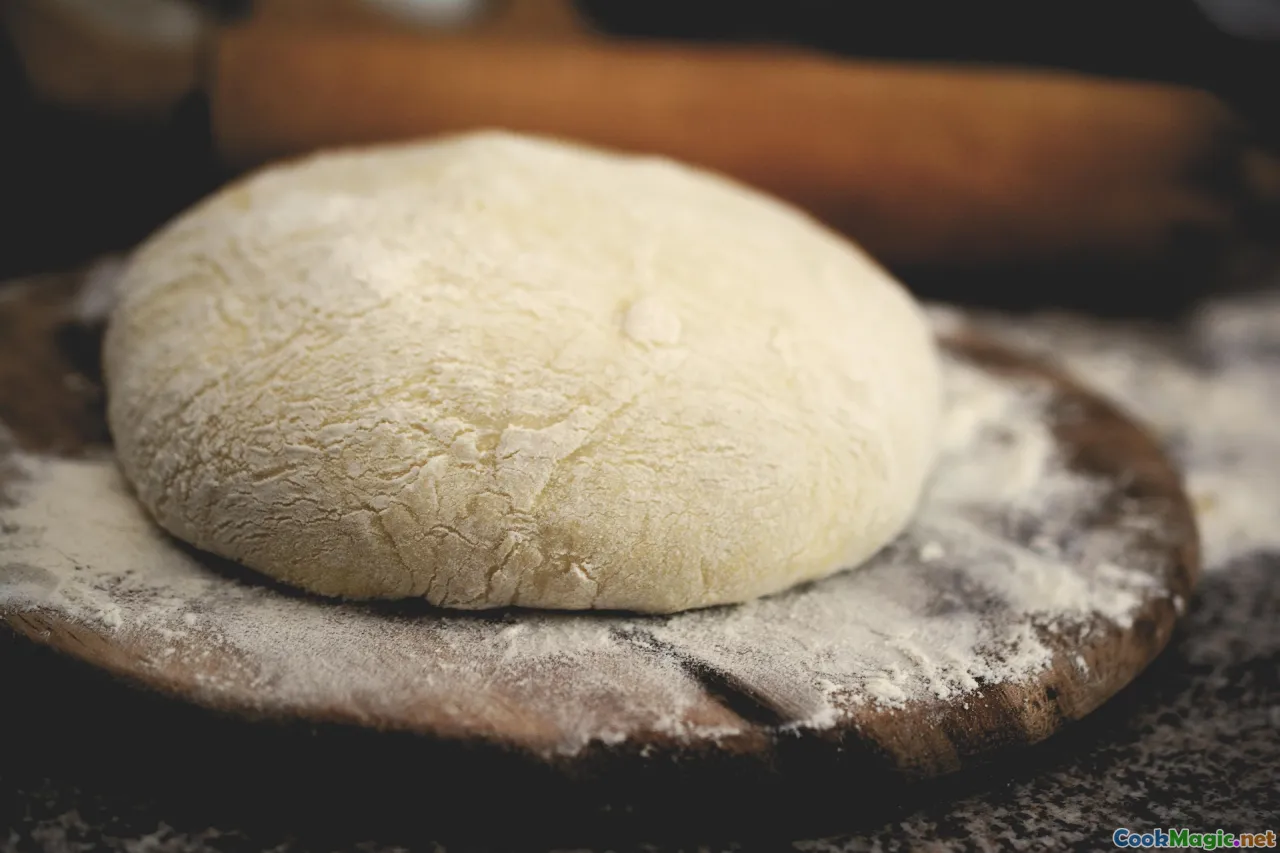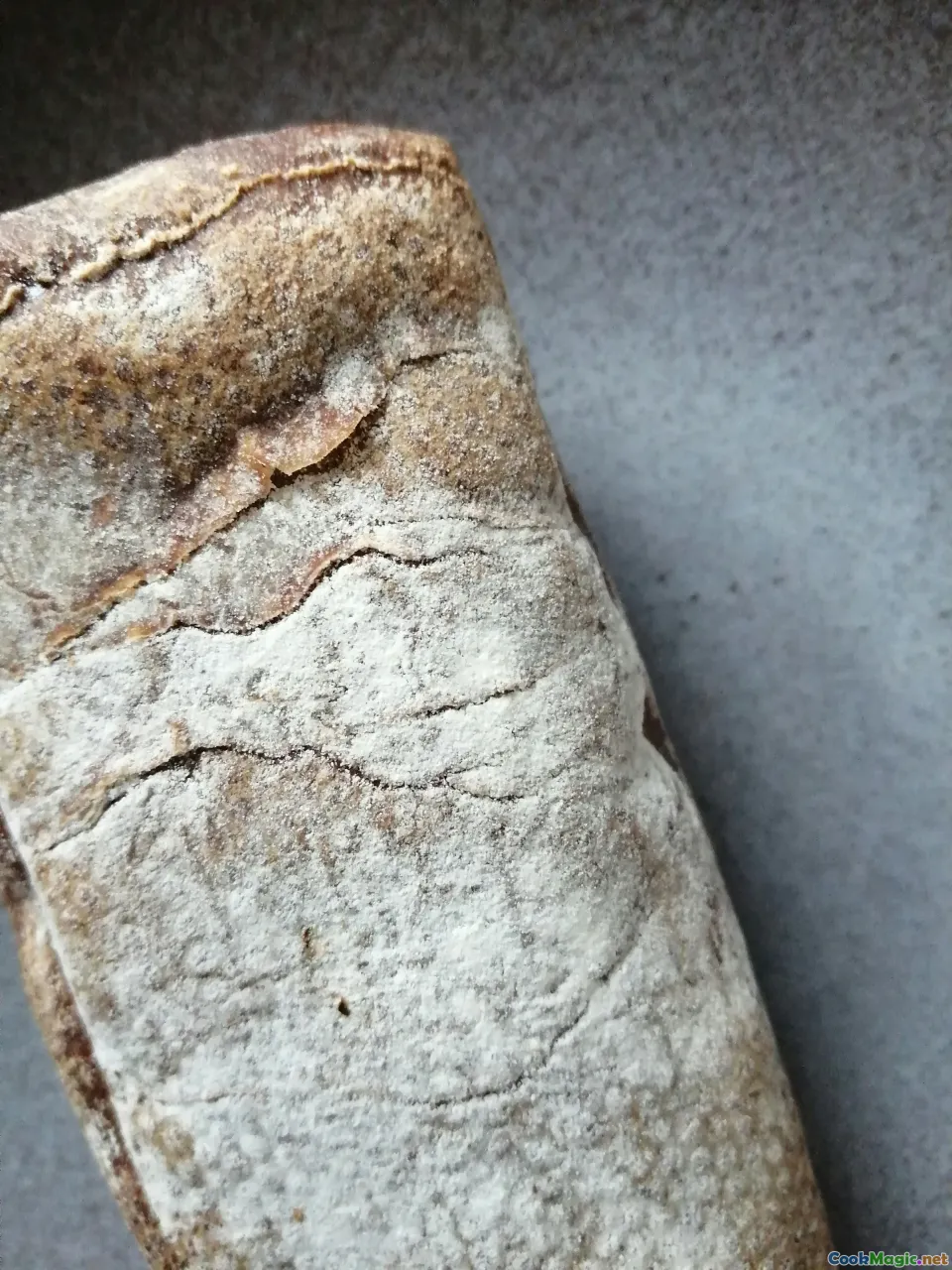How to Bake Authentic Algerian Khobz Bread
11 min read Discover authentic techniques to bake flavorful Algerian Khobz bread with easy-to-follow steps and cultural insights. July 25, 2025 09:05
How to Bake Authentic Algerian Khobz Bread
In the bustling markets of Algiers, amid the fragrant aroma of spices and roasted coffees, there exists a humble yet majestic staple—Khobz. This traditional Algerian bread isn't merely food; it’s a cultural symbol, woven into the fabric of daily life and communal gatherings. Its aroma, a warm invitation that beckons family and friends to gather around, tells stories of centuries-old traditions. If you’re passionate about exploring authentic North African cuisine or simply crave the comforting crunch and chewy interior of a well-made Khobz, you’re in the right place.
Embarking on the journey to master authentic Algerian Khobz is both an art and a heartfelt act of culinary preservation. This guide will walk you through every step, from understanding the origins of Khobz to achieving that perfect crust and fluffy crumb, captured in a recipe that honors tradition yet welcomes modern home bakers.
Let's begin this delicious adventure rooted in history and rich flavors.
The Cultural Significance and Historical Roots of Khobz Algerian Bread

In Algeria, Khobz isn’t just bread—it’s community, hospitality, and identity wrapped into one. For centuries, it has been the cornerstone of every Algerian meal, whether served alongside tagines, placed at the center of Saharan caravans, or shared during joyous celebrations.
Historically, Khobz emerged from the indigenous Berber communities, influenced by Arab trading routes and French colonial culinary exchanges. Algerian Khobz is distinguished by its round shape, thick crust, and airy interior, qualities that speak to methods handed down generations. Every family has a unique touch—adding sesame, anise, or even olives—to reflect local tastes and environments.
Walking through a traditional bakery, your senses are overwhelmed by the scent of fermenting dough and roasting stones—an aromatic tapestry that symbolizes resilience and cultural pride.
Essential Ingredients for Authentic Algerian Khobz

Creating authentic Khobz requires simplicity and freshness. Here's what you'll need:
- Type 1 Flour (Triticum Durum or Semolina): Traditionally, Algerian bakers favor a coarse flour or semolina for that rustic texture and nutty flavor.
- All-Purpose Flour: To balance and improve elasticity.
- Water: As pure as possible—preferably filtered.
- Natural Yeast or Sourdough Starter: Though commercial yeast can be used, the original method involves fermenting natural yeast for richer flavor.
- Salt: Enhances flavor and strengthens gluten.
- Optional Additions: Sesame seeds, Nigella seeds, or crushed olives for added aroma and regional flair.
Tips for Ingredient Selection
- Seek high-quality, locally-sourced flours for authentic flavor.
- Make your sourdough starter if you’re adventurous—it’s the soul of traditional bread.
Crafting Your Dough: Step-by-Step

1. Preparing the Leaven or Starter
If using natural yeast, prepare your starter a few days in advance. Mix equal parts flour and water, let it ferment at room temperature, and feed it daily. It should develop a smell of tangy, tangling yeast and be bubbly before use.
2. Mixing Ingredients
In a large bowl, combine the flour(s) and salt. Create a well in the center; pour in your sourdough or yeast mixture along with water. Using your hands or a dough hook, mix until a shaggy dough forms.
3. Kneading
Knead thoroughly—about 10-15 minutes—until smooth, elastic, and slightly tacky. Proper kneading develops gluten, crucial for a chewy interior.
4. First Fermentation
Cover the bowl with a damp cloth or plastic wrap. Let it ferment in a warm place until doubled in size—around 1.5 to 2 hours. The dough should be airy, bubbly, and fragrant.
5. Shaping the Khobz
Gently deflate the dough, shape into a round loaf, about 10-12 inches in diameter. For authenticity, avoid too much handling; rustic, irregular shapes are traditional.
6. Final Proof
Let the shaped dough rest covered for another 30-45 minutes until slightly puffed.
Baking the Khobz: Achieving the Perfect Crust and Texture

1. Preheating the Oven
Traditionally, Khobz is baked in a tanur—an earthen oven or clay oven. At home, preheat your oven to the highest setting—275°C (525°F)—to mimic this intense heat.
2. Using a Baking Stone or Cast Iron
Place a heavy baking stone or cast iron skillet in the oven during preheating. This mimics the tanur’s hot surface, providing that characteristic crisp crust.
3. Scoring and Water Spraying
Just before baking, score the top of the loaf with a sharp knife or razor, creating a decorative pattern. Spray water into the oven or around the loaf to generate steam, which aids in crust development.
4. Baking
Transfer your shaped dough onto the hot stone or skillet. Bake for 20-30 minutes, until the crust turns a deep golden brown and yields a hollow sound when tapped.
5. Cooling and Serving
Let your Khobz cool on a wire rack for at least 10 minutes. The aroma of baked bread with hints of sesame and the savory tang of fermentation will tempt you to tear right in.
Common Pitfalls and How to Overcome Them

- Misjudging Oven Temperature: Too low leads to dense bread; too high risks burning. Always preheat thoroughly.
- Poor Gluten Development: Insufficient kneading results in a crumbly loaf. Knead until elasticity is achieved.
- Skipping Steaming: Lack of steam causes a dull crust. Use a spray bottle or toss water into a hot oven for steam.
- Overhandling the Dough: Rough handling deflates the air pockets, leading to flat bread. Handle gently.
Variations and Personal Touches
- Infused Flours: Incorporate cracked wheat, rye, or barley for unique textures.
- Flavor Enhancers: Mix in herbs like thyme or rosemary.
- Seed Toppings: Sprinkle sesame, nigella, or sunflower seeds before baking for crunch and visual appeal.
- Stuffed Khobz: Fill with ras el hanout-seasoned meats or vegetables for hearty variations.
Sharing the Tradition
The beauty of Khobz is that it’s a communal bread—part of the heartbeat of Algerian tables. In traditional settings, fresh Khobz is torn apart with hands, dipped in flavorful olive oil, or used to scoop up tagines brimming with tender lamb, vegetables, and aromatic spices.
Visiting Algeria and witnessing bread-baking in small towns—where a family’s livelihood depends on each loaf—is an experience that deepens your appreciation. Even in modern kitchens afar, pinching a piece of this ancient craft keeps alive a shared heritage.
Final Thoughts
Baking authentic Algerian Khobz at home is a rewarding journey—an act of love, patience, and cultural preservation. By embracing traditional methods, selecting quality ingredients, and paying homage to the rustic art of baking in a hot oven or clay tanur, you can craft bread that sings of history and home.
If you are eager to bring a piece of Algerian soul to your table, this recipe and approach will guide you there. Remember, every crack and bubble tells a story—your story, as a baker connecting with centuries-old traditions.
So, preheat your oven, gather your ingredients, and let the aroma of freshly baked Khobz fill your kitchen, transporting you to the vibrant streets of Algiers and the timeless warmth of Algerian hospitality.









